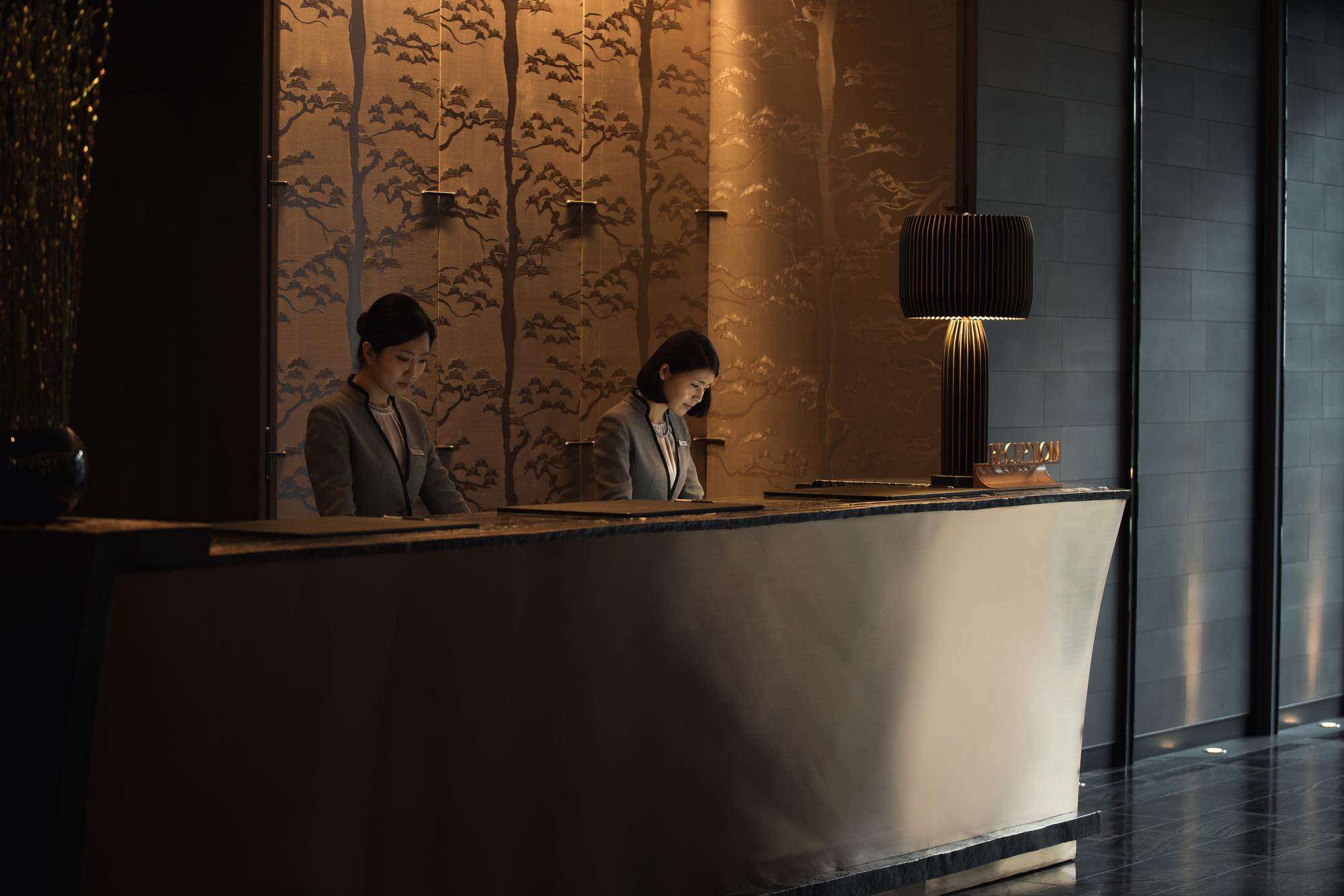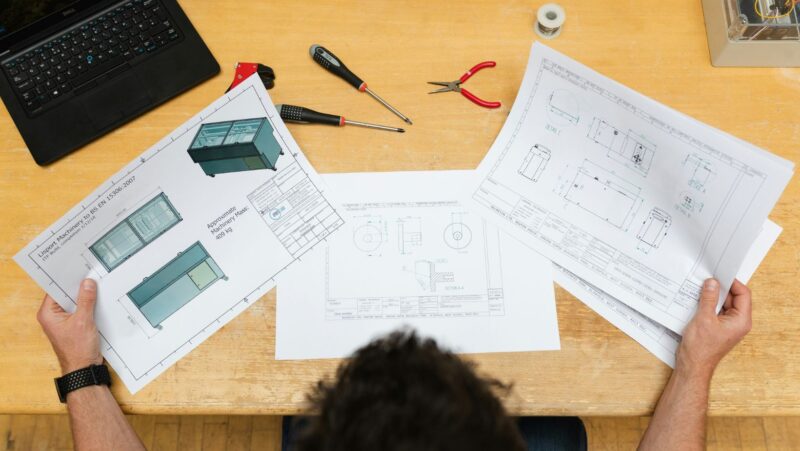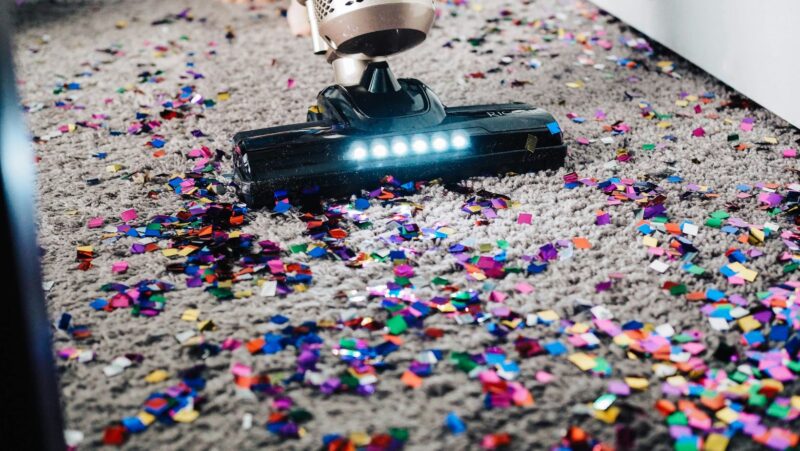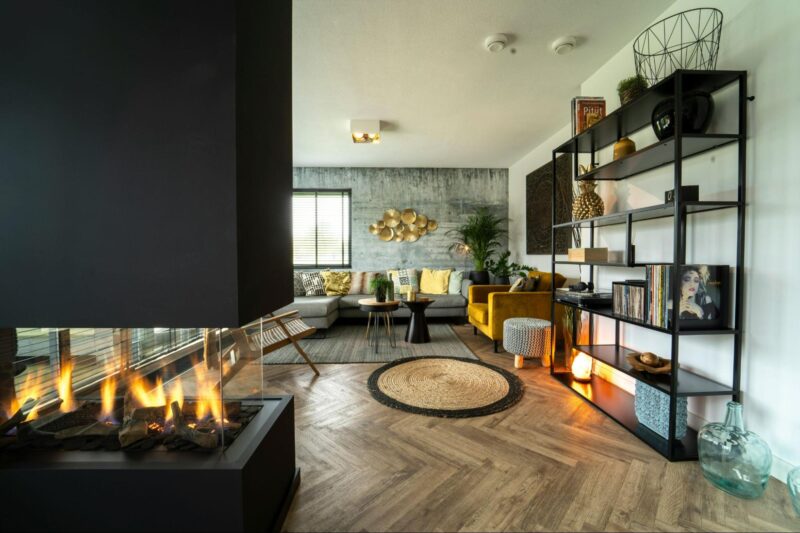Guests step through the doors, instantly judging the atmosphere.
First impressions are critical in hospitality, compelling owners to ensure the reception exudes warmth and welcome. An unwelcoming lobby can deter guests, diminishing the potential of enduring patronage—crucial factors like lighting, texture, and décor dictate the ambiance created.
Design shapes experience.
Table of Contents
ToggleDesigning For Impact
In the hotelier’s art, the reception is the initial canvas, where meticulous curation of design can orchestrate a narrative of comfort and luxury. Bold statement pieces should blend with subtlety to avoid an overpowering, disconcerting effect, instead fostering intrigue and promising a unique and inviting stay.
To captivate visitors, embrace a palette of textures and materials that speak to a “sense of place.” These elements should harmoniously align within a cohesive design scheme. It’s the meticulous layering of these aspects that builds an immersive first impression.
The Layout
The reception area serves as an orchestrated space where flow and function unite. An optimal layout balances aesthetics with operational efficiency, inviting guests into a seamless transition from arrival to relaxation. Strategic placement of furniture and fixtures leads to an intuitive journey through the space.
To maximize spatial harmony, attention is paid to pathways that promote an easy, natural progression. Considerations extend to the arrangement of seating clusters and the deliberate spacing between them, fostering both privacy and community.
Ensuring that the reception desk itself is both a focal point and easily accessible is paramount. It shouldn’t feel like a barrier but rather an inviting interface, facilitating efficient and personal interactions. Circulation space around key areas prevents congestion.
Choice of Furniture
The selection of furniture must harmonize with the aesthetic appeal and ergonomic function within the reception space. It sets the tone for comfort and establishes the area’s ambiance.

When considering furniture, prioritize modular designs that can be reconfigured for different events or space needs. Choose materials that reflect the quality of service provided: durable, high-end finishes that resist wear and evoke sophistication, elegance, and warmth in their texture.
The furniture’s design should facilitate a dialogue between form and function, considering the ease of maintenance and the frequency of use. Consistency in style contributes to a cohesive brand experience, as well as standing up to heavy turnover. Aim for characterful yet neutral pieces, inviting without overpowering the senses.
The Reception Desk
The nucleus of guest interaction is the reception desk, which is a pivotal fixture in creating an indelible first impression. Functionality dovetails with aesthetics, as the desk must be visually appealing and cater to efficient operations and ergonomics for staff comfort and productivity.
The incorporation of advanced technology in seamless ways—such as discrete charging stations and intuitive interfaces—underpins a modern, customer-centric approach.
Above all, the reception desk should embody the essence of the hotel’s brand, inviting guests into the story and experience you wish to convey.
Aesthetic Considerations
When designing a welcoming hotel reception, attention to aesthetic details is paramount. The visual arrangement of elements must harmonize, creating an ambiance that resonates with guests upon entry.
Boldly consider colors that evoke serenity or energy, depending on the mood you aim to instill, but balance these with neutral tones to avoid overwhelming the senses.
Lighting also plays a crucial role, with a mix of accent, ambient, and task lighting to highlight architectural features and provide a warm, inviting glow.
Artwork and decorative elements, such as strategically placed wall art work, should be chosen with intent, adding character and interest while aligning with the hotel’s narrative, ensuring each piece aligns with the property’s sophisticated palate and enhances the guest experience without distraction.
Color Schemes
The reception area is a guest’s first impression of your hotel, and the right color scheme can set the tone for their entire stay.
Here’s how to choose a color palette that creates the perfect atmosphere:
- Psychology and Ambiance: Consider the desired mood. Tranquil colors for relaxation or invigorating colors for a stimulating atmosphere.
- Color Theory: Use color theory principles to create a harmonious balance that promotes relaxation or engagement.
- Functionality and Beauty: Strategically place colors to define areas, guide guests, and accentuate architectural details.
- Brand Identity: Colors can silently represent your hotel’s brand. A cohesive palette creates a memorable visual story.
- Familiarity and Comfort: A well-chosen color scheme fosters a sense of ease and contributes to brand loyalty.
- Sophistication and Welcome: The right colors can exude sophistication and create a welcoming environment.
- Unique Character: Reflect the hotel’s personality through the color palette.
- Memorable Experience: A curated color scheme sets the stage for an exceptional stay and creates a lasting impression.
Lighting
Lighting plays a crucial role in shaping the guest experience from the moment they step into the reception area.
Here’s how to create an inviting and functional atmosphere through strategic lighting design:
- Ambiance and First Impression: Lighting sets the mood and guides guests’ eyes, establishing a welcoming first impression.
- Strategic Placement: Carefully placed lighting accentuates architectural beauty and promotes a warm atmosphere.
- Light Temperature and Color: Consider the impact of light temperature (warm or cool) to create a relaxing or attentive environment.
- Layering Light Sources: Blend ambient, task, and accent lighting to meet both functional needs (seeing clearly) and aesthetic desires (creating a mood).
- Adaptive Lighting Scenarios: Include dimmers to adjust the lighting throughout the day, maintaining the desired ambiance as natural light changes and guest activity varies.
- Narrative Through Lighting: Artfully integrate lighting with design elements to highlight art displays, partition spaces subtly, and enhance textures, crafting a story for guests.
- Brand Cohesion: Choose fixtures that reflect the hotel’s brand and ethos, creating a visually cohesive space that speaks of sophistication and hospitality.
Enhancing Guest Comfort
Employing ergonomic furniture arrangements can reduce physical strain and create a relaxed milieu. Ergonomically designed seating, like well-cushioned chairs, offers lumbar support and comfort, encouraging guests to linger.
Incorporating elements that appeal to the senses, such as soft textiles and soothing colors, helps foster a serene ambiance. These sensory touches can be the linchpin in transforming a sterile reception area into a haven of tranquility for your guests.
Ergonomics and Accessibility
The ergonomic design prioritizes human well-being and performance, which is foundational in a hotel reception area. Seamless movement and comfort should be the hallmarks of this welcoming space.
To accomplish this, furniture and fixtures must acknowledge the breadth of human diversity. Seating solutions should cater to various body types and physical needs, ensuring all guests encounter a barrier-free environment.
Accessibility is not solely a compassionate inclusion; it is a legal imperative under ADA (Americans with Disabilities Act) standards. This means ensuring that all touchpoints within the reception are navigable by people with disabilities. Travel paths must be unobstructed, and amenities such as wheelchair-accessible counters and tactile indicators are non-negotiable features.
The tenets of universal design should permeate every decision. Investing in technology like automatic door openers and providing clear signage can have a substantial impact on the perception of your brand as caring and attentive to guests’ needs.
Technology and Convenience
The hotel reception is no longer just a place to check in; it’s a launching point for the guest experience.
Here’s how to integrate technology for a seamless experience:
- Modern Conveniences: Integrate the latest technological conveniences to subtly yet profoundly enhance guest experiences.
- Streamlined Entry: Automated check-in kiosks, seamless Wi-Fi connectivity, and digital concierge services enrich the entry process, reflecting a commitment to modernity and efficiency.
- Smart Lighting: Smart lighting systems can adjust to the time of day, promoting energy conservation. Real-time room availability displays streamline the check-in process.
- Mobile Integration: Allow guests to use their devices for various services. Digital keys (deployed via smartphones) and contactless payments are on the rise.
- Interactive Information: Interactive touchscreens provide valuable information about hotel amenities, elevating the guest experience and offering independence while lessening the load on staff resources.
- Digital Wayfinding: Digital wayfinding solutions help guests navigate expansive properties. Integrated with smart devices, these platforms offer personalized recommendations and can guide guests to their rooms, enhancing their sense of autonomy and convenience.
- Accelerated Comfort: Ultimately, technology serves to accelerate guests’ time to comfort. Smart hospitality solutions ensure a swift transition from arrival to relaxation, redefining the reception experience.
Features for Extended Stays
Extended stays necessitate amenities that facilitate a home-like atmosphere, which is especially important in hotels with kitchens & extended stay options. A defining attribute in guest suites tailored for longer stays is the inclusion of kitchenette facilities. These kitchenettes offer the convenience of meal preparation in the comfort of one’s own space.
The provision of communal or in-suite laundry services – be they coin-operated or complimentary – becomes critical for guests during extended stays, providing a snippet of domestic normalcy. Such facilities are not merely about hygiene; they communicate considerateness and understanding of guest needs.
Emerging as pivotal for modern travelers are robust Wi-Fi networks and spaces designed for co-working and social interaction. The nomadic workforce of 2024 brings alongside them the expectation for seamless integration between their work and living environments.
Attention to Detail
The reception area is the gateway to a guest’s experience, where meticulous care in design choices narrates the establishment’s ethos. Consider the harmony of materials, the precision of lighting placement, and the subtleties of artwork selection.
In this threshold of first impressions, details like the tactile sensation of surface materials, the aroma permeating the space, and the auditory backdrop contribute significantly to setting the stage. Careful orchestration of these sensory experiences can elevate a mere waiting area into a dynamic prelude.
Signage
A well-designed signage system is a silent guide that helps guests navigate your hotel with ease. It sets the tone for a welcoming and professional environment from the moment they arrive.
Here’s how to create a signage strategy that informs and impresses:
- Effortless Navigation: Clear, concise signage is critical in guiding guests effortlessly through your hotel, setting a tone of accessibility and professionalism from the outset. Providing straightforward directions to key areas enhances the guest’s initial interaction.
- Design with Purpose: Thoughtfully designed signs contribute to the hotel’s aesthetic, reinforcing brand identity. Prioritize legibility and coherence to facilitate straightforward navigation.
- Marrying Function and Form: Effective signage marries functionality with finesse, aiding orientation while contributing to the decor. Use typography (font, size, color) and iconography that align with your hotel’s design ethos.
- Material Matters: It’s not just about what signs say, but how they say it. The material and finish of your signs should imbue sophistication, reflecting the quality your guests expect from your establishment.

- Informed Guests: Remember, signage is not merely directional but can also communicate services and amenities, ensuring guests feel informed and taken care of throughout their stay. This can include digital displays that update in real-time, adding a layer of interactivity and utility.
- 24/7 Guidance: Finally, consider the visibility of your signage in different light conditions. Illuminated signs ensure readability and can enhance the ambiance, guiding the guest experience gracefully around the clock.
Decorative Accents
Decorative accents are the finishing touches that bring the reception area to life, infusing personality and refined elegance.
Here’s how to use them:
- Art Installations: Commission or select pieces that resonate with your locale and brand aesthetic, creating focal points that start conversations and forge connections.
- Plant Arrangements: Incorporate greenery to purify air quality and introduce natural elements, promoting a serene and lively environment.
- Designer Rugs: Choose high-quality rugs that add texture, color, and pattern, delineating spaces while enhancing the acoustic properties of the reception.
- Lighting Fixtures: Use ambient, task, and accent lighting to create depth and warmth, attentively curated for an inviting atmosphere.
- Sculptures: Introduce three-dimensional art to add cultural character or whimsy, giving guests a unique spatial experience.
- Textile Art: Include tapestries or artisanal fabrics to add a tactile dimension, celebrating craftsmanship and tradition.
Conclusion
An immaculately conceived hotel reception area is more than merely aesthetic. It must underscore the signature essence of your establishment, setting the anticipatory tone for what’s to unfold. When executed with precision, the delicate balance of form and function coalesces into a welcoming ambiance that is both memorable and inviting.
In conclusion, mastery in hotel reception design pivots to harmonizing aesthetics with the guest experience. As we delve into the nuances of 2024 design trends, one thing remains clear: the reception area is the narrative overture to your guest’s journey. A well-conceived space will not only welcome but also anchor the guest experience, setting the stage for what promises to be an unforgettable stay within your walls.





